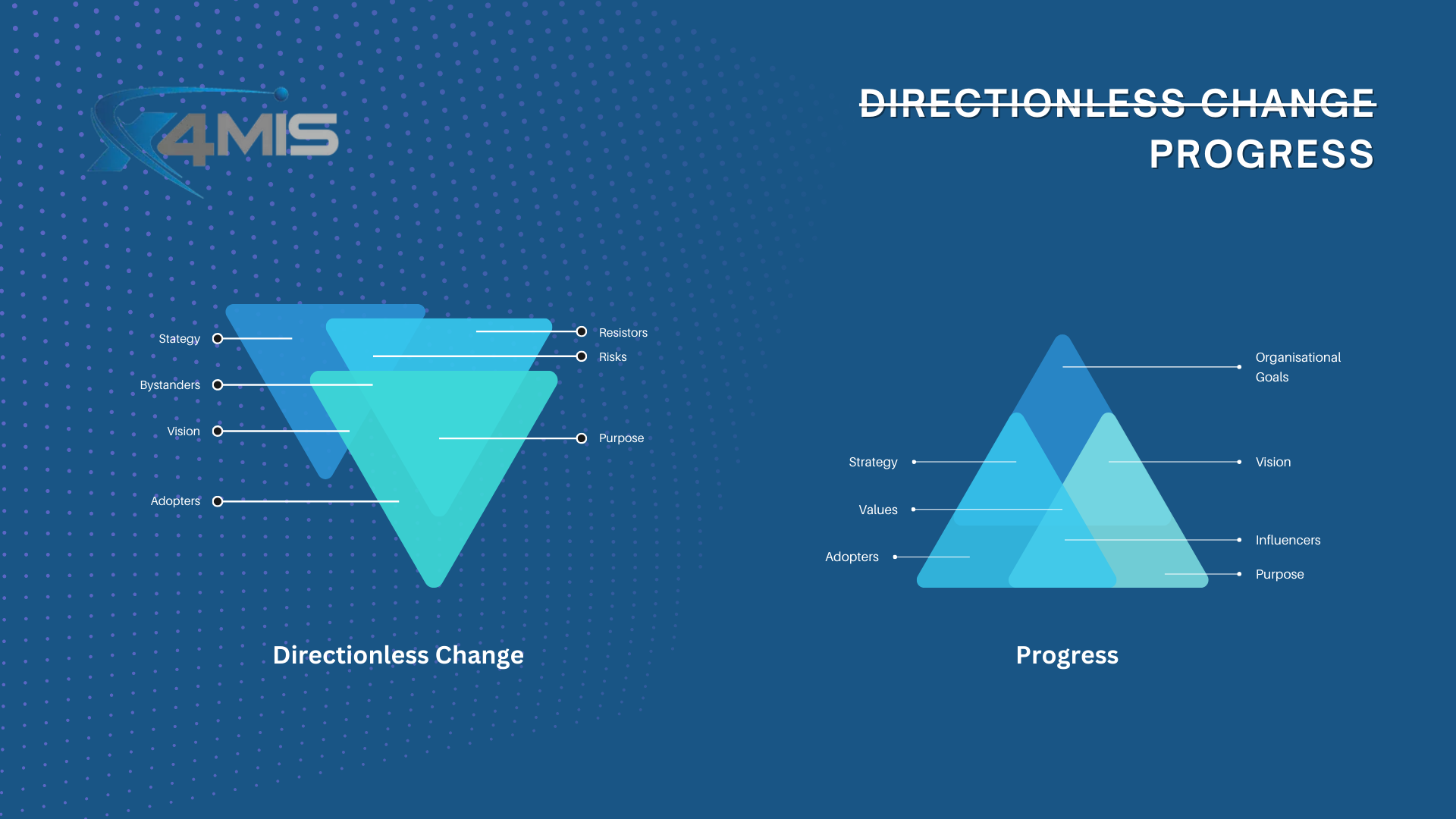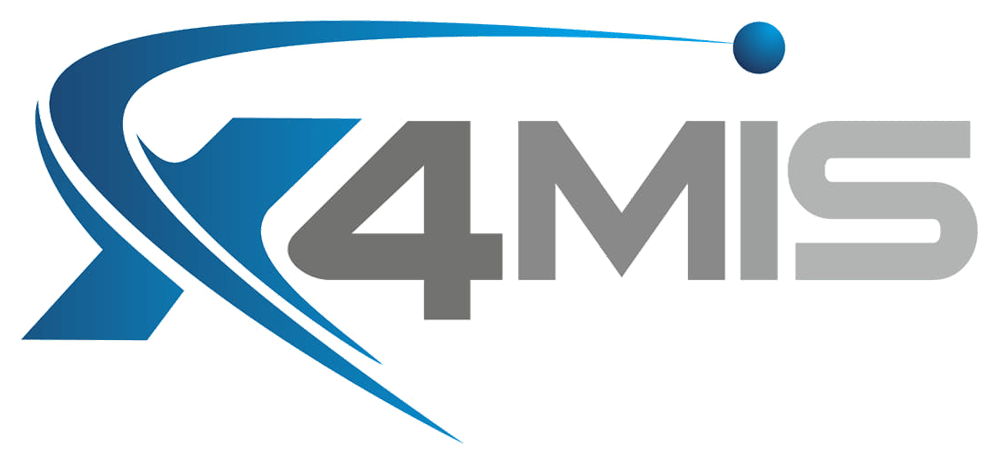Progress: Organisational Change in the right Direction
Change vs Progress: Alignment of change within organisations.
We recently read a blog post from Thought Leader Owen McCall titled Change vs Progress. You can read the original article on Owens blog here where Owen delivered insights from his experience working with C Suite executives of small to mid sized organisations.
Owen, makes the case that Change is always present but not always helpful. Some of the key issues with ineffective change is change that lacks direction and change that is rooted in fear. The solution, or antidote to this, Owen asserts it to ensure Change is Progress.
In this article we considered the lens of Change and Progress when looking at transformation programs. We agree that progress is necessary, and more specifically progress in the right direction. We also share some how X4MIS has ensured Change is always progressing in the right direction.
The Current State of Change
Change is widely accepted and considered necessary in organisations transitioning from traditional to digital. Regardless, many resources are devoted to then understanding and managing the change. Because the ‘world is moving faster than ever’ organisations often believe they need to adapt to stay relevant – charging head first into Change. Expectedly this can make a challenging shift even more difficult for any organisations.
Despite numerous efforts, resources, and research devouted to change many organisations struggle with is. Owen goes on also to make the point that change, even if numerous and across the organisation, can fail to deliver the targeted impact. The root cause of this, Owens argues, is often change driven without a clear goal or endpoint in mind. This is a form of ‘directionaless’ and ‘fear driven’ change.
So then how do organisations navigate Change? Organisations should shift their focus from change to progress. Progress is change but it also offers a direction and purpose, aligning with organisational goals and aspirations. Change is necessary, but we need to focus on progress. By defining and communicating progress, organisations towards desired impacts and outcomes, making change efforts more effective through purpose.

Change is inherently directionless, while progress is directional.
Change is about understanding the need to be in a different state than the present and why organizations need to change. Often the former is focused on and the latter lacks clear definition. When this happens change and change efforts occur in an organisation and often successfully. In the end however, the successful change initiatives occur without moving towards a better state.
Progress on the other hand is about moving towards a better state. This definition of this better state is the focus of process and used as a benchmark for which the progress is measured. Change is the inevitable outcome of moving intentionally to the better state often with the common goals of the better state defined.
Because progress ensures alignment with the goals, and the goals are aligned both organisationally and individually, progress towards the goals is then defined with a clear purpose. The purpose is defined and can then be communicated to all stakeholders. The outcome? Aligned, impactful Change.
Current approaches to change are often rooted in negativity and fear.
The problem with the current approach’s to Change is its grounding in Negativity and Fear. Owen makes the point in many organisations Change is tfirst brough to the forefront under undesirable circumstances.
Movitvation, which is required at the individual level for change, then becomes an additional challenge. Where change is driven by a need to fix, resolve, or get away from the current state of an organisation it is clouded in fear. At the individual level, change is most effective and impactful when defined by movement, in a direction which is considered positive. When aligned with the overall goals; employees progress better.
Where the current state of an organisation clearly requires change it is the worst starting state to began change. Another way to consider this is when the we organisations have a desperate need for change and a deep desire to get away from the current state (usually impeding chaos, see X4MIS Forces in the ForceField Analysis) change then becomes defined by fear. The goals are considered through the lens of what organisations problems need fixing. Changing away from problems is directionless change. Progressing towards ideals defined by organisational goals is impactful change. Or at least a foundation.
Focusing on progress provides clarity and aspiration.
The final point which we agree with Owen in the Thought Article is that progress provides clarity and direction. When the future state is aligned with the organisational values employees have a desire to move towards the desired state. The desired state, when defined correctly, should benefits the organisational including its people.
When Change has a clear direction and alignment to the organisational goals the environment allows for aspiration and the desire to improve. When strategy, goals, leadership, projects, and work is aligned all stakeholders understand the required expectations, are clearly communicated with and feels heard, and are engaged in, and contribute directly to progress.
Effectively managed change requires Progress. Change is not enough since it is a binary. Change can be completed, benchmarked, and ultimately be deemed Successful or Not-Successful. Change can be made towards an more ‘desirable state’ but fail to reach the ‘desired state’. Progress, on the other-hand, is clear success tied to achieving an organisational goal.
Once you have effective change management, progress can be made in greater and greater strides.
| Change | Progress |
|---|---|
| Usually starts with where we are now and how undesirable this is | Starts by defining where we want to be and how desirable this is |
| Often directionless - the impetus for change is to move from an undesirable current state. | Directed - the impetus for change is to get to the goal or at least progress towards the goal |
| Often initiated by fear - moving away from | Driven by aspiration, a desire to improve, moving towards |
| "Success" may not be clear as the desired outcome is often a double negative (eg don't be disrupted) | Success is clear, it is a goal achieved or progress towards the goal. |
| Can happen “to you” / be imposed* | Is a deliberate choice to move in that direction.* |
This is far from complete but it's a start. I'd be interested in your views on the difference between change and progress and whether it has value. Consider:
- Is the distinction of progress useful?
- If we were to focus on progress rather than change would our "change" efforts be more or less successful?
- What are some of the other differences between change and progress?
- What would a progress management framework look like?
All feedback is welcome at Owen McCall.com
Compose the Change
Browse by Categories

Free On-Line Change Management Methodology that enables individuals and organisations, especially those previously without access to effective change management programmes, to deliver more effective community and country programmes which improve prosperity and save lives.
QUICKLINKS
TRAINING LINKS
LATEST POSTS




